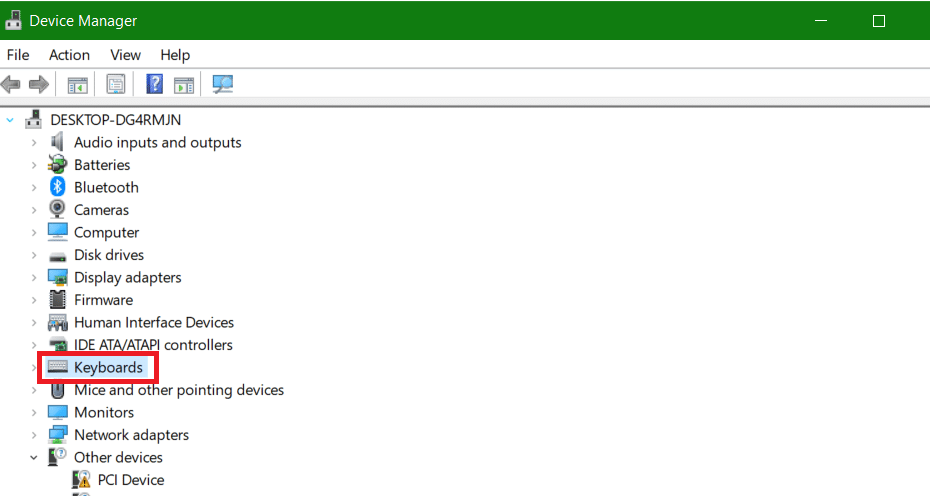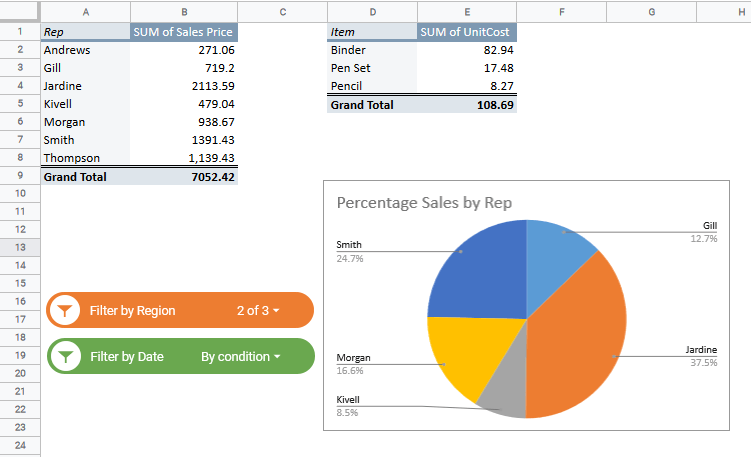Experiencing slow performance and high CPU usage on your Windows computer? One possible culprit might be the WMI Provider Host process.
Dealing with high CPU usage can be frustrating, primarily when it affects your ability to work efficiently. Therefore, it’s vital to identify and fix the issue for smooth performance and productivity.
In this article, we’ll explore the causes of the WMI Provider Host’s high CPU usage and provide step-by-step solutions to resolve the issue.
This Article Covers:
What Is WMI Provider Host?
WMI stands for Windows Management Instrumentation, a Windows operating system component. It’s a powerful tool that allows applications and scripts to access system information and control settings on a Windows computer.
The WMI Provider Host is a Windows service that runs in the background and provides information to applications (e.g. system utilities, third-party software) to query and receive data from the WMI framework.
However, if this process becomes stuck or encounters errors, it can lead to high CPU usage and system slowdowns.
Why Does WMI Use So Much CPU?
There are several reasons why WMI Provider Host may be using so much CPU on your computer:
1. Windows Updates
When Windows updates are installed, the WMI database may also need to be updated. This can cause the WMI Provider Host process to use more CPU than usual.
2. Corrupted WMI Repository
The WMI repository is a database that stores information about the system configuration and status. If this database becomes corrupted, the WMI Provider Host process may use more CPU than necessary.
3. Malware
Malware can cause various issues on your computer, including high CPU usage. Some types of malware may specifically target the WMI Provider Host process, increasing CPU use.
4. Third-party Applications
Some third-party applications may use WMI to access system information. However, if these applications are poorly optimized or have bugs, they may cause the WMI Provider Host process to use more CPU than necessary.
If you’re using the best laptop for video editing, you’ll need every ounce of CPU and memory to render videos. Therefore, you’ll need to limit WMI Provider’s host resources to only use what it needs.
How to Fix WMI Provider Host High CPU Usage
Now that we know what causes high CPU usage, it’s time to explore some methods to fix the issue:
Method 1: Restart WMI Provider Host Service
Try restarting the WMI Provider Host service. This can often fix the issue (if it’s caused by a temporary problem). Simply follow the steps below:
- Press the Windows key + R to open the Run dialog box.
- Next, type services.msc and press Enter.

- Scroll down to the Windows Management Instrumentation service and right-click on it.

- Then, click on Restart.

- Wait for the service to restart and check if the WMI Provider Host CPU usage has decreased.
Method 2: Scan for Malware
If malware is causing the WMI Provider Host high CPU usage, you’ll need to remove it from your computer:
- Download and install a reputable anti-malware program (e.g., Malwarebytes, Kaspersky).
- Update the anti-malware program and run a full system scan.
- Follow the instructions provided by the program to remove any detected malware.
- Restart your computer and check if the WMI Provider Host CPU usage has decreased.
Method 3: Disable Third-Party Applications
If third-party applications are causing the issue, you may need to disable them temporarily. Here’s how:
- Press the Windows key + R to open the Run dialog box.
- Next, type msconfig and press Enter.

- Click on the Services tab.

- Then, check the box that says, “Hide all Microsoft services.”
- Disable any third-party services that are related to WMI.

- Finally, restart your computer and check if the WMI Provider Host CPU usage has decreased.
Method 4: Update Windows
If the WMI Provider Host’s high CPU usage issue is caused by a bug in Windows, updating the operating system may fix the problem. Here’s how to do it:
- First, press the Windows key + I to open the Settings app.
- Click on Update & Security.

- Click on Check for Updates.

- If updates are available, click on Download and Install.

- Next, wait for the updates to install and restart your computer.
- Check if the WMI Provider Host CPU usage has decreased.
Can You Disable WMI Provider Host?
While it is possible to disable WMI Provider Host, it’s not recommended to do so: Many programs rely on WMI Provider Host to function correctly.
Whether you’re using a desktop PC or a laptop for working from home, disabling the WMI Provider Host could cause certain programs to stop working or lead to other issues.
Moreover, disabling WMI Provider Host is not a permanent solution to high CPU usage since other issues (such as malware and outdated drivers) could be causing the problem.
What Would Happen If You Disable WMI Provider Host?
It isn’t recommended to disable WMI Provider Host unless absolutely necessary. Doing so could cause various issues that impact the system’s performance, stability, and security such as:
Programs May Stop Working
As mentioned earlier, many programs use WMI Provider Host to retrieve information about the system and its components. Disabling WMI Provider Host could cause these programs to function improperly or even stop working.
Errors May Occur
Disabling WMI Provider Host may result in errors, warnings, and other system performance/ functionality issues.
System Instability
Disabling WMI Provider Host may cause the system to become unstable, resulting in crashes or other issues.
Difficulty Troubleshooting
If you encounter issues with your computer, troubleshooting could be more challenging if WMI Provider Host is disabled (since it provides information about the system’s components and performance).
Security Risks
Some malware may target WMI Provider Host to execute malicious code or compromise the system. Disabling it could leave the system more vulnerable to such attacks.
Understanding the pros and cons of browsers can help you decide which one to install on your computer.
Frequently Asked Questions
Why Is My WMI Provider Host CPU Usage So High?
There could be several reasons why your WMI Provider Host CPU usage is high, including malware, outdated drivers, or a corrupted WMI repository. The solutions outlined in this blog post (above) may include restarting the WMI Provider Host service, rebuilding the WMI repository, scanning for malware, disabling third-party applications, or updating Windows.
Is WMI Provider Host a Virus?
No, WMI Provider Host is not a virus. However, some malware may target it to execute malicious code or compromise the system.
Can I Uninstall WMI Provider Host from My Computer?
You cannot uninstall WMI Provider Host from your computer as it is a vital system service that allows applications and management tools to access system information. Disabling or removing it could cause various performance, stability, and security issues.
Wrapping Up
The WMI Provider Host is a vital Windows component that allows other programs to access information about the system and its components. However, it may sometimes use a high amount of CPU. With the methods outlined in this article, you should be able to fix the issue and get your computer running smoothly again.
Want to be more productive this 2024? Check out these awesome Udemy productivity courses today!
Related:






